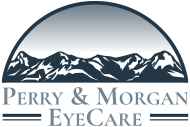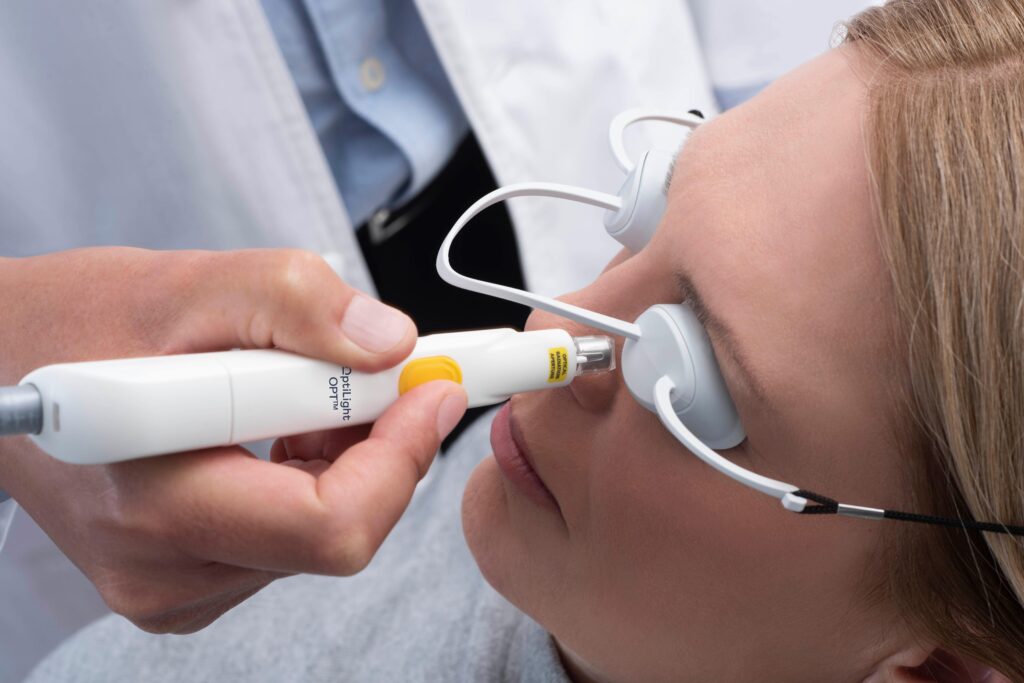If there’s one thing folks living with dry eye disease can agree on, it’s how frustrating they can be. So whether it’s due to insufficient tear production or poor tear quality, finding relief is probably at the top of your wish list.
Luckily, there’s a modern treatment that might just be the answer you’ve been searching for. Intense pulsed light (IPL) eye treatment uses light pulses and gentle massaging to address dry eye symptoms and could give you long-lasting relief.
What is Dry Eye Disease?
Before we dive into IPL treatment, let’s take a quick look at what dry eye is all about. Dry eye disease is a common condition that typically occurs in 2 ways:
- Aqueous deficiency dry eye, when your eyes don’t produce enough tears
- Evaporative dry eye, when the tears evaporate too quickly due to an imbalance in the tear film.
IPL treatment is designed to address the root cause of a majority of evaporative dry eye cases, meibomian gland dysfunction. Since evaporative dry eye accounts for around 90% of dry eye cases, this is welcome news for many daily sufferers.
Dry eyes can lead to a range of uncomfortable symptoms, such as:
- Discomfort
- Irritation
- A burning or stinging sensation
- Redness
- Watery eyes (as your eyes try to compensate for dryness)
- Sensitivity to light
- Blurred vision
- A pesky feeling of an eyelash or something being stuck in your eye
Some patients have little or no symptoms depending on how long the condition has been present.
How Can IPL Treatment Help?
As we mentioned earlier, the most common culprit of dry eyes is meibomian gland dysfunction (MGD). As you might expect, this condition affects the meibomian glands.
These tiny glands line your eyelids and produce an oil called meibum. Meibum is a vital component of your tear film, the layer of tears that protects and nourishes your eyes. It forms the outermost layer of your tear film, which prevents it from evaporating too quickly.
When these glands get blocked or inflamed, it may lead to evaporative dry eye. But this is where IPL treatment may help.
This innovative therapy utilizes a medical device that bathes the area in a specific combination of wavelengths and light pulses. Though it was initially designed for dermatology, IPL has proven to be effective in treating dry eye caused by MGD.
During the Treatment
You’ll want to ensure your eyes are clean and follow your optometrist’s instructions in preparing for treatment. IPL treatments can be done right in-office and normally take only 10–15 minutes. Still, you should plan to be around for 40–50 to leave time for prep and aftercare.
Here’s what you can expect during a typical IPL session:
- Safety first! Your optometrist will numb your eyes and place protective shields over them to protect them from the light.
- Next, a thin layer of coupling gel will be applied on the areas to be treated.
- Using a small device, your optometrist will deliver light pulses to the skin around your eyes, helping to reduce inflammation and to thin any thickened secretions in your meibomian glands.
- Depending on how effective the therapy is, your doctor may also manually express the oil from these glands.
Your optometrist may follow up by examining your eyes and determining the effectiveness of the IPL treatment. It could take a few sessions to notice relief from dry eye symptoms, typically around 4 sessions around 3 weeks between each session.
What Happens After IPL Treatment?
IPL treatment could provide significant relief from dry eye symptoms, but it’s important to remember that it’s not a permanent cure. MGD could return. It depends on health conditions and lifestyle choices, so the duration of relief can vary from person to person. Generally, the treatment lasts for 6–12 months and it is recommended to have a maintenance session annually.
While some people notice side effects after treatment, such as a mild sunburn sensation, swelling, or blurry vision, they typically fade in a few hours or a day or two. Most side effects can be avoided by following post-treatment care, as recommended by your optometrist. For example, avoid sun exposure, tanning products, and skin care routines on the treated area for about 48 hours.
Most people enjoy the treatment and love the results. In fact, 93% of patients say they’re satisfied after IPL treatment!
Is IPL Treatment Right For Me?
While IPL treatment is generally considered safe and effective, it won’t work for everyone. Your optometrist may not recommend IPL treatment if you:
- Are pregnant
- Take blood thinners
- Have severe scarring around the eyes
- Have acne or are taking the acne drug Accutane
IPL treatment is also designed for evaporative dry eyes. Unfortunately, if your dry eye is caused by aqueous deficiency, IPL won’t work for you. Thankfully, your optometrist can examine your tear film and recommend another dry eye management solution.
Dry Eye Therapy in Perry & Morgan
Don’t let dry eyes get you down. Perry & Morgan EyeCare offers modern approaches that could provide you with the relief you’ve been longing for, and IPL is just one of the tools we use to exceed your expectations.
If you’re living with dry eyes, book an appointment at one of our 2 local offices today. Your eyes will thank you!



